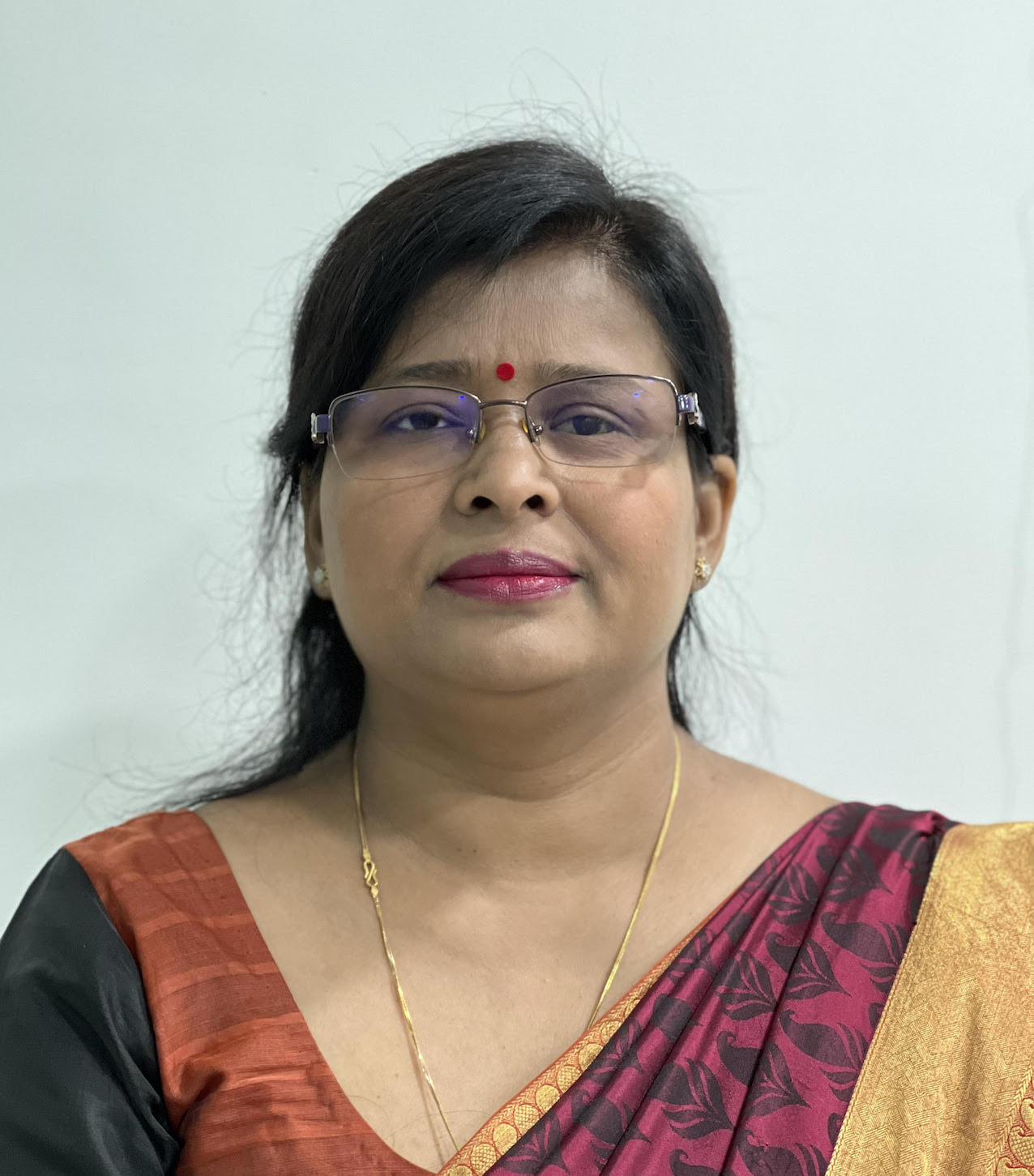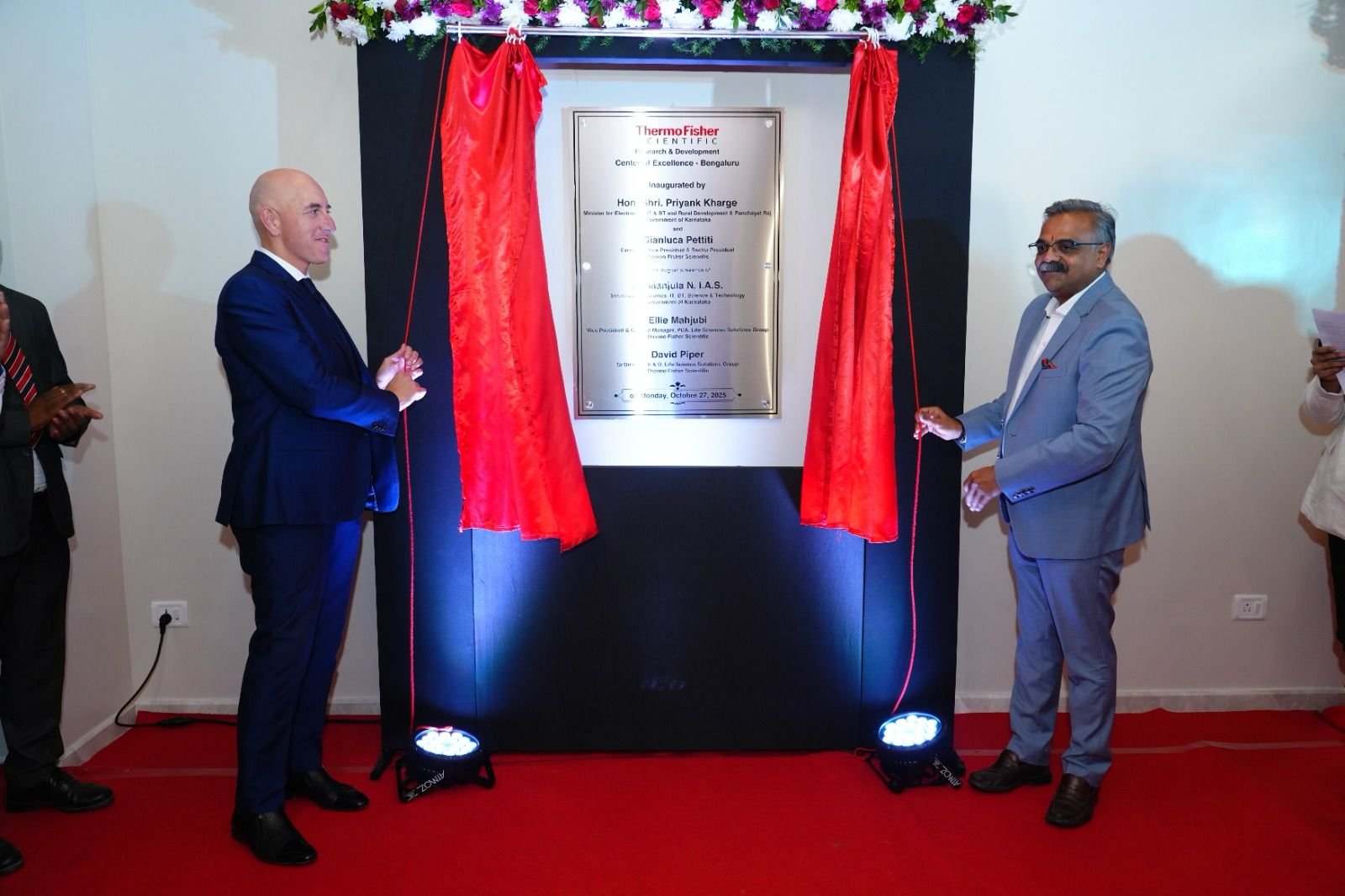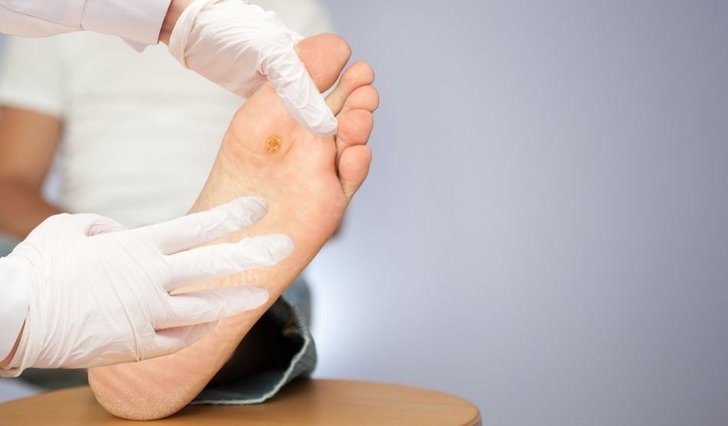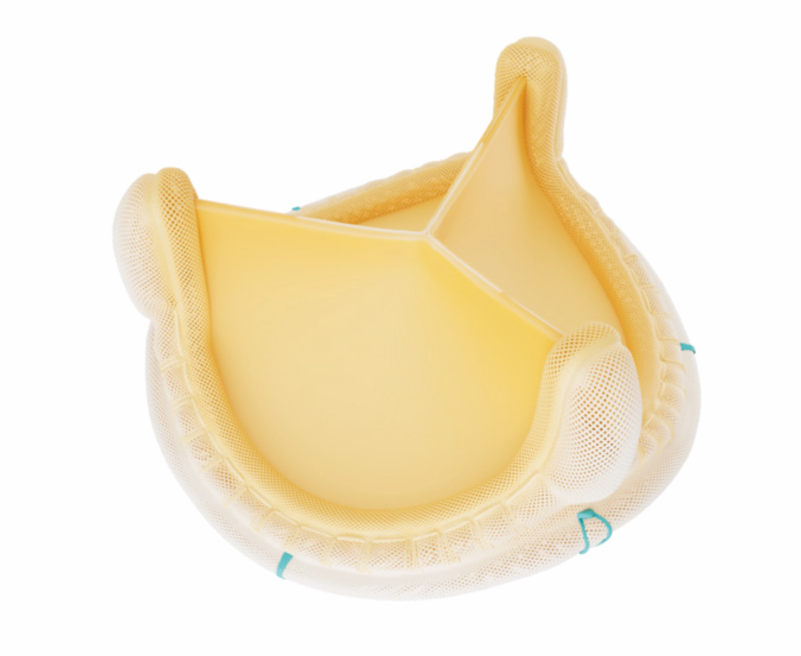“Women can excel in any field, including science. Their crucial role in the development of COVID-19 vaccine is an example”
March 08, 2024 | Friday | Views
Dr Pragya Yadav, Scientist 'F' and Group Leader, Maximum Containment Laboratory, Indian Council of Medical Research-National Institute of Virologya , Pune, became a household name after the release of the movie "Vaccine War." As we celebrate International Women's Day, we spoke to Dr Pragya about the various aspects of being a researcher, particularly a woman researcher.
A majority of the scientists involved in vaccine development were women scientists, who worked long hours. How challenging was it for you and your colleagues?
Working long hours was not new to us. The COVID-19 pandemic simply highlighted the extraordinary efforts of our scientists. Recalling moments like the 2009 H1N1 outbreak, where I worked ceaselessly for six months, testing about 3000 samples daily, or the 2015 Ebola outbreak, necessitating almost 24-hour shifts due to mandatory screenings for those coming from affected countries. Similar challenges were faced during the Zika, Yellow Fever, and Crimean-Congo haemorrhagic fever (CCHF) outbreaks.
Despite our predominantly female team facing unique challenges during the lockdown, managing responsibilities at home, we successfully navigated through. The culmination of these efforts came with the creation of the vaccine, a moment that brought immense joy and pride on January 16, 2021, as the vaccine was rolled out to frontline healthcare workers. Developing a vaccine at such an unprecedented speed was a remarkable achievement. It was the result of relentless work and countless sleepless nights.
How did your team overcome the initial challenges in scaling up testing capacity during the COVID-19 pandemic?
Initially, we did face challenges in scaling up testing capacity but with excellent support and guidance from leadership of ICMR especially Dr Nivedita Gupta and Dr Varsha Potdar from National Influenza centre and commitment of Govt of India as a cumulative work force exhibited unwavering determination to expedite the process.
We formed teams, used video assistance, and emphasized the need to be available for any task that came our way, regardless of the time. Throughout the COVID-19 pandemic, I witnessed how individuals and institutions came together to combat this unprecedented health crisis. I believe this experience will help our country emerge as a leader in science.
Has the process of developing the COVID-19 vaccine changed anything in our research ecosystem?
The development of the COVID-19 vaccine has boosted our confidence and had a positive impact on the entire research ecosystem. Every institution is now dedicated to strengthening its research and development capabilities. Researchers in India have not only employed established methods but have also successfully developed an RNA vaccine, which is an emerging technology. Post-pandemic, there is a heightened emphasis on pandemic preparedness by the World Health Organization (WHO).
Meetings within the G20 have deliberated on prioritizing diseases for vaccine development, with 30 expert groups dedicated to crafting prototype vaccines for specific families of potentially perilous viruses. This strategic approach enables swift vaccine production during crises. Additionally, increased government funding has been directed towards research, fostering open conversations to address challenges faced by researchers.
What do we need to promote research in the country?
Enhancing scientific research requires domestic production of essential raw materials, machinery, and equipment. The current reliance on imported machines from Germany and the US incurs significant expenses. Implementing robust policies and stringent market controls is crucial to ensure that domestically produced items meet the highest quality standards. Regarding the establishment of a science ecosystem supportive of women's advancement in the field, prioritizing education, providing well-equipped and secure facilities for female students, and creating childcare centers during later career stages are essential components.
What do you believe is necessary to establish a science ecosystem that supports the advancement of women in the field?
I believe the first and most important aspect is to prioritize their education. It is crucial to ensure that women do not drop out of school and that there is a college nearby that offers science studies and provides well-equipped and safe hostels for female students.
In the second phase of their careers, we need to ensure that there are childcare centers where women can leave their children while at work. Collaboration with prominent industrialists and pharmaceutical companies could aid in setting up these centers, extending beyond metropolitan areas to smaller towns. I strongly believe that if we can guarantee the safety of their children, women will be able to pursue their careers. Workspaces should take these factors into account.
How do the challenges and biases faced by women impact their opportunities for professional success?
You see, women are talented and can excel in their respective fields. But consider the recruitment biases against young, newly married women who may want to have a family. In the past, there were no provisions for maternity leaves for women at the project level. If women have a family and children to care for, they require support at the individual, family, and institutional levels.
What is the next vaccine you are working on?
We are working on developing a vaccine against Kyasanur forest disease, which is prevalent in the Western Ghats. This disease is transmitted through infected tick bites in forest areas, primarily affecting poor farmers who venture into the forests. It is passed from monkeys to humans through tick bites.
COVID-19 vaccine was given emergency use authorization. Do you think this shortened route can be used to approve future vaccines?
We didn't skip any vital steps in the vaccine development process; rather, we streamlined it. Previously, approval for non-human primate studies took a year, but during COVID-19, online meetings expedited the process, with approvals granted within a month from CPCSEA. Procuring mice for the study, which used to take six months, now takes just a week. The focus was on eliminating unnecessary delays in the approval process, transitioning to online procedures where meeting minutes are promptly sent the same evening. Importantly, these changes maintained the integrity of the scientific process. Adjustments in the regulatory framework are needed to expedite research in exceptional cases. Consider the Zika virus vaccine, where third-phase clinical trials are challenging due to limited eligible patients. Instead of halting vaccine efforts, alternative approaches should be explored beyond traditional third-phase trials.
Gunjan Sharma
(gunjan.sharma@mmactiv.com)









